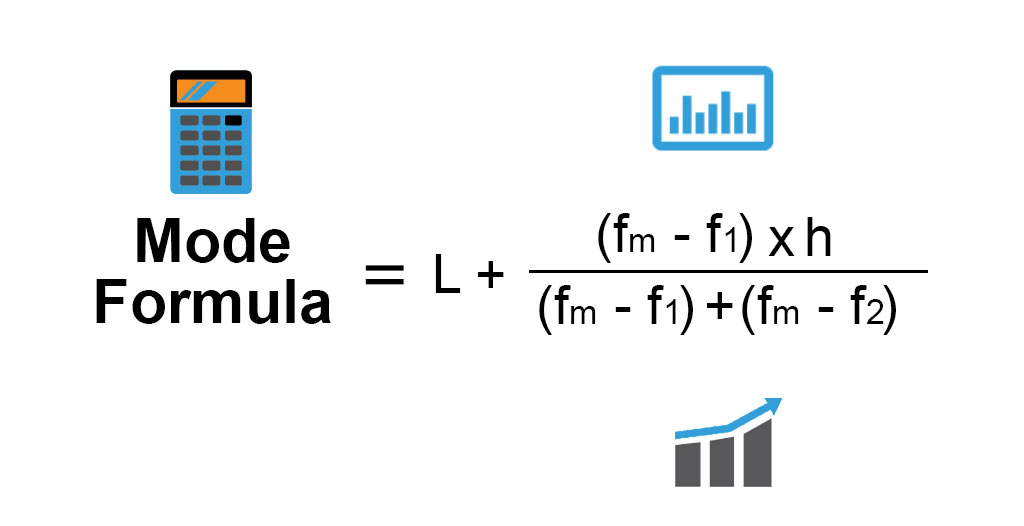Mode is statistics is the value that shows how many times a number is repeated in the given data set. It is one of the three important measures of central tendency. Let’s discuss the basic concept of mode including meaning, mode formula , and important tips through this below-given article.
How can mode be defined?
A mode is defined as the value or number that is highly repeated in the given set of data. It is the value that has a higher frequency. Sometimes a value occurring the greatest number of times in the data set is needed to be found. In such a case, one finds the mode of the given set of observations. There may or may not be any modal value in the data set. The data having no repeated value has no mode at all. There is even a possibility of having more than one mode value in the mentioned set of data. Data set that has more than one mode can be classified as bimodal, trimodal, and multimodal.
- Bimodal: When the number of modes in a set of observations is two then the data set is known as bimodal.
For example, the mode of Set X = {3,3,3,3,4,5,6,6,6,6} is 3 and 6 because these two numbers are repeated four times in the given set of data.
- Trimodal: When the number of modes in a set of observations is three then the data set is known as trimodal.
For example, the mode of Set X = {3,3,3,3,4,4,5,5,5,5,6,7,7,7,7} is 3, 5, and 7 because these three numbers are repeated four times in the given set of data.
- Multimodal: When the number of modes in a set of observations is more than three then the data set is known as multimodal.
For example, the mode of Set X = {2,2,2,2,3,3,4,4,4,4,5,5,6,6,6,6,7,8,9,9,9,9} is 2, 4, 6, and 9 because these four numbers are repeated four times in the given set of data.
How is the mode calculated?
To calculate the mode or modal value of a given set of observations we need to use the mode formula. In the case of ungrouped data, a mode can be found by visually analyzing the value that is repeated the most number of times in the given data set. But in the case of grouped data, we need to apply the mode formula to calculate the modal value of the given data set. Modal class is to be calculated as mode lies inside the modal class.
MODE = l+(f1-f02f1-f0-f2) × h
Where,
l = lower limit of the modal class
h = size of the class interval
f1 = frequency of the modal class
f0 = frequency of the class preceding the modal class
f2 = frequency of the class succeeding the modal class
Vital tips and notes on Mode:
- Sometimes the value of mode may be the same to mean and median.
- Mode is very useful when it comes to finding out the categorical data.
- If no value is repeated in the given set of data then there is no mode.
- Mode is not just found for the data sets having only numbers. For example, the mode of Set A = {apple, apple, apple, orange, banana, mango, mango, mango} is apple and mango.
- One can easily find a modal value for the data set when numbers are arranged in ascending or descending order.
- One can find mode by observation for the ungrouped data and calculating a modal value for grouped data appropriate mathematical formula is needed.
Bottom Line:
An online platform, Cuemath provides online classes for math and reasoning programs to the students. Now you can learn all about the concept of mode and mean at the time, which works best for you through professional and experienced teachers of Cuemath.
Also Read: Name the latest processor which is available on the iPhone 12
Written by Mari, a content writer at Memorial Stationery who has written on stationery kinds of stuff. In her spare time, she enjoys singing, sketching, cooking, and video games.


















